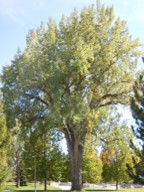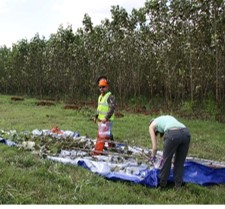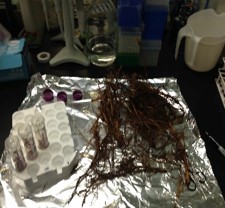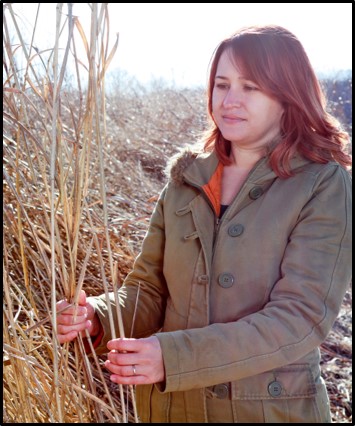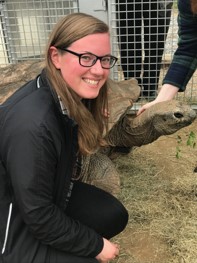Explore BiGG Data projects listed below offer research training in analysis of big data to fully understand ramifications of microbiomes, metabolomes, and genetics of One Health systems. By the end of the REEU, Fellows will have performed multiple bioinformatics tasks to answer One Health questions including, but not limited to, quality control/filtering, sequence alignment/assembly, protein and coding analysis, and basic statistics. Students will also receive training in communicating research in these complex systems to the other scientists and the general public.
2020 Research Opportunities
Project:
Soil structure is vulnerable to intensive tillage practices, affecting water retention, erosion, and soil aggregate size distribution. Different soil aggregate sizes create a mosaic of microenvironments within soil, which house different communities of microbes. However, how these unique pockets of microbes colonize a root system has not been addressed. On the plant side, both root architecture and phytohormones mediate the selective recruitment of microbes to the root in response to soil microenvironment changes, including the microbes present.
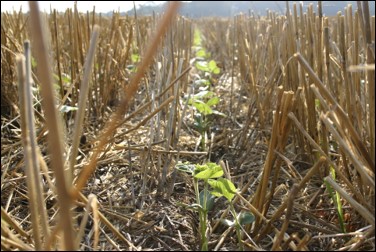



Project:
Stable flies, Stomoxyscalcitrans, are among the most serious pests of livestock worldwide causing economic damages estimated at over $2 billion/year in the United States cattle industry alone. These flies have the ability to use weather fronts for long-distance dispersal, and quickly start new populations in any decaying vegetation, which are often documented on farms with both livestock and horticulture production. The work proposed here will use SNP data generated with genotyping-by-sequencing techniques from a unique set of stable flies collected from around the world to assess genetic diversity and the genetic population structure.
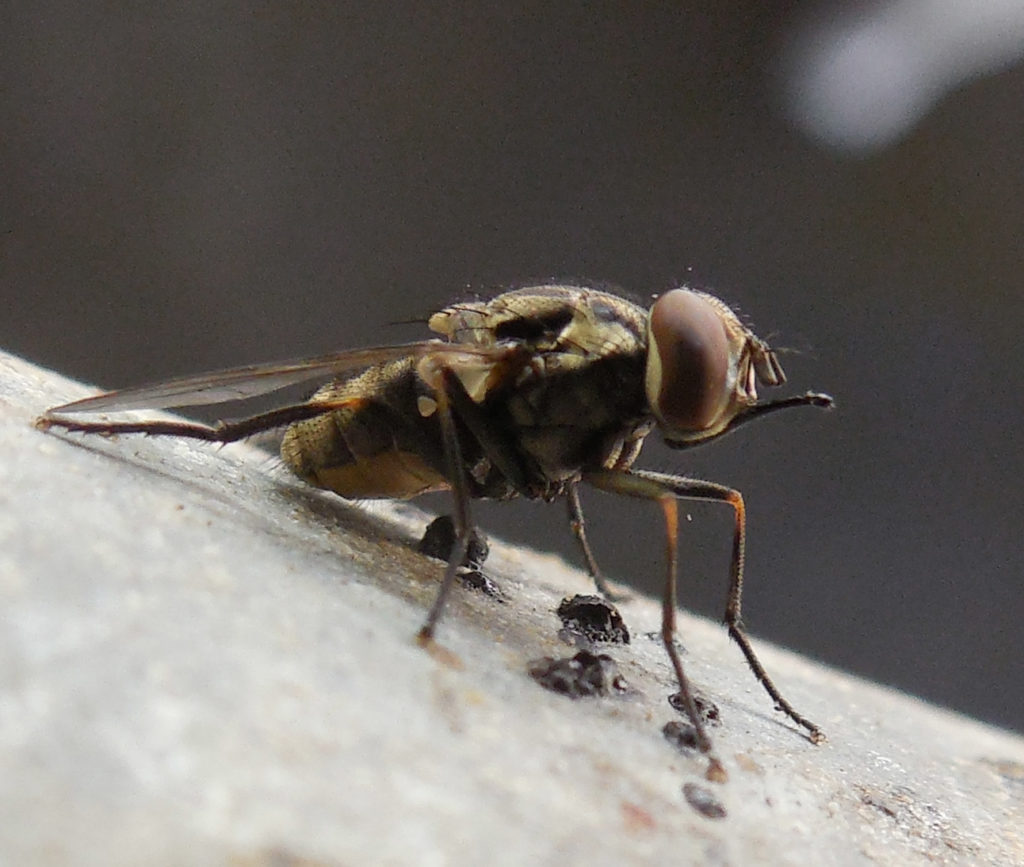


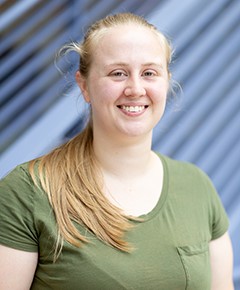
Project:
The fungus, Geosmithiamorbida, vectored by the walnut twig beetle, Pityophthorus
juglandis, has been associated with disease outbreaks in walnut (Juglans spp.) and wingnut species (Pterocarya spp.), known as Thousand Cankers Disease (TCD). How did Geosmithia spread across North America? Can we identify separate genetic populations? Do they have different pathogenicity and virulence to walnut trees? How are the evolution and spread of the beetle and the fungus interrelated? To answer some of these questions we will use a population genetics to understand co-evolution of the pathogen-vector complex using microsatellite loci. Analysis will include using allelic based data to understand genetic diversity and model temporal-spatial distribution.
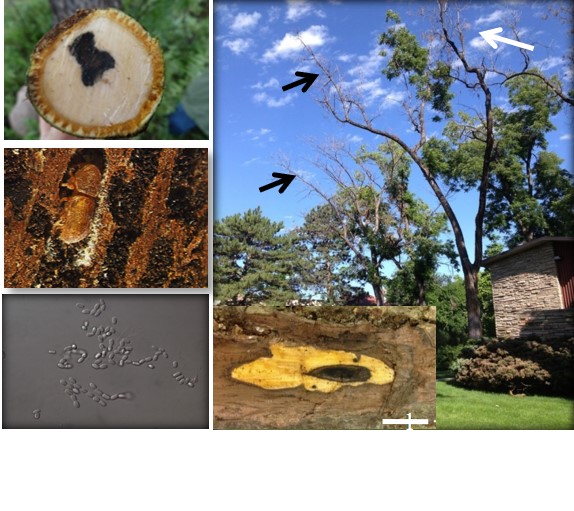



Project:
Plants and microbes are intricately linked, with microbes serving in a variety of different roles from mutualists to parasites/pathogens. Further, these organisms can inhabit a variety of niches within associated plant hosts like roots, leaves, and stems. Understanding how these organisms interact and function is a pressing question in microbial ecology. Unraveling the many interactions between plant hosts and microbes can result in novel uses of microorganisms to aid in plant health, productivity, and altering ecosystem functions like carbon sequestration and nitrogen cycling. Using amplicon and metagenomic datasets characterizing microorganisms from two different woody plants, Populus sp. and Tsuga sp., we will explore how these different trees interact with microorganisms and what the functional consequences of these interactions are.
